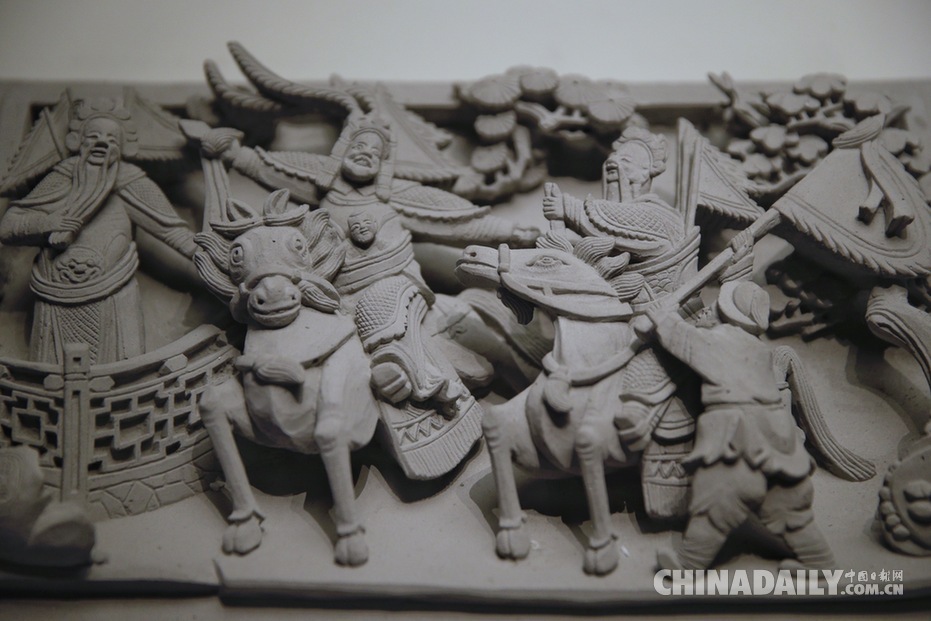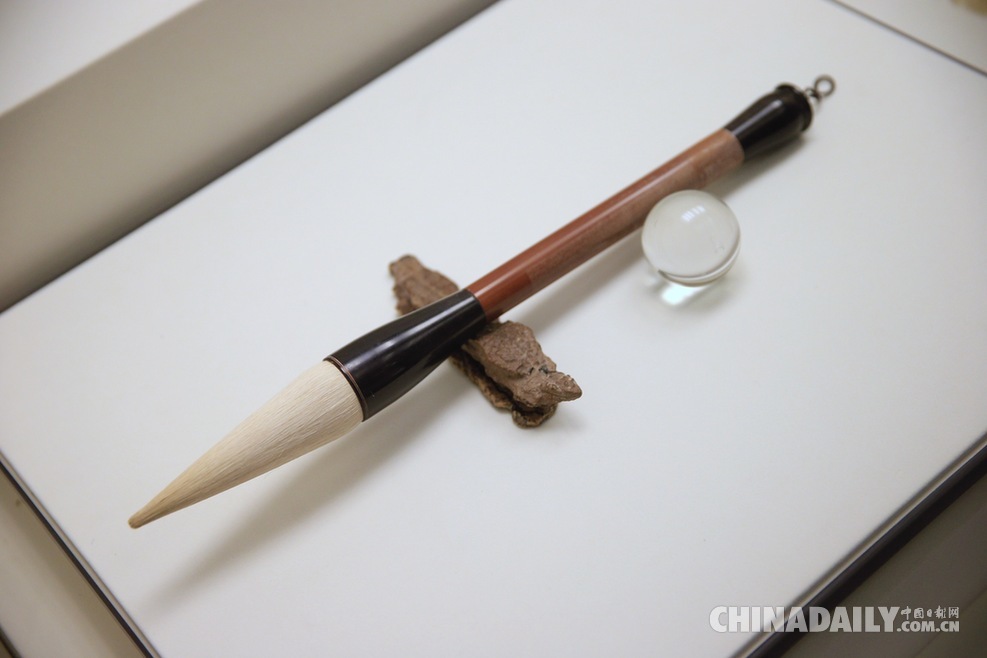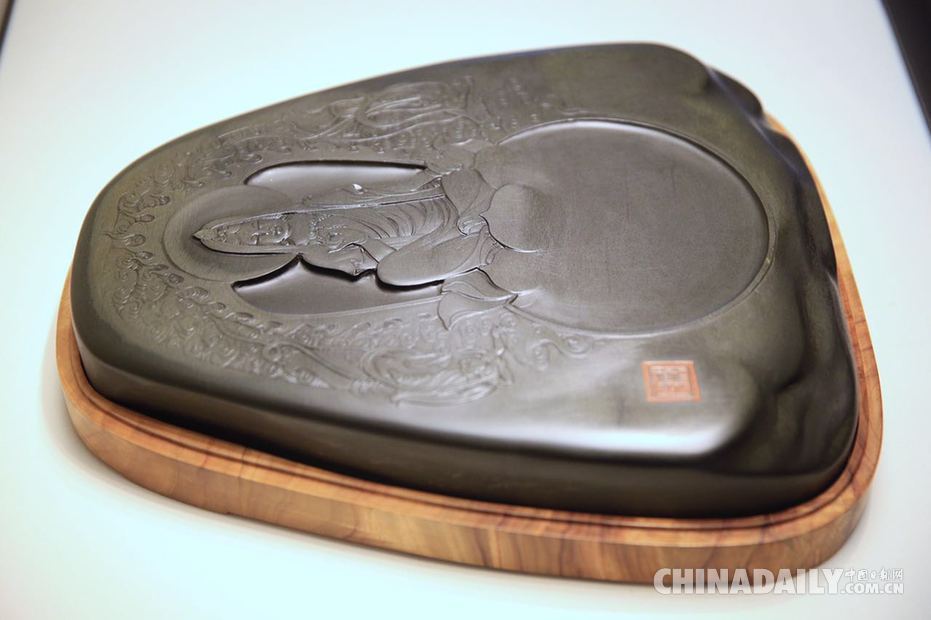(Source: CGTN)
An exhibition featuring conventional craftsmanship of East China's Anhui Province opened to the public at Beijing's Palace Museum on Tuesday.
The 85 artifacts on display are works by 20 successors of national intangible cultural heritage from Huangshan city in Anhui Province. They include inkstones, ink, brush pens, lacquerware and bamboo carvings.

An exhibition featuring conventional craftsmanship of East China's Anhui Province opened to the public at Beijing's Palace Museum on Tuesday.
Most calligraphy supplies used by emperors in the Ming and Qing dynasties came from Huangshan and its surrounding areas, called Huizhou at the time. The show gives the visitors an opportunity to have a direct contact with the cultural heritage of the Huizhou style.
"The bamboo carvings of the Huizhou style require elaborate craftsmanship, which is originally connected with those historical sculptures housed in the Forbidden City," said Hong Jianhua, Anhui craftsman.

Most calligraphy supplies used by emperors in the Ming and Qing dynasties came from Huangshan and its surrounding areas, called Huizhou at the time.
The Palace Museum and Huangshan's municipal government established a workshop on traditional craftsmanship late last year, aiming to promote the development of the intangible cultural heritage.
"We hope that this exhibition will provide people an experience of how the intangible culture is being herited. For a long time we've been discussing which is more important, protection or utilization? Now we've come to recognize that heritation is of the most significance," said Shan Jixiang, curator of the Palace Museum of Beijing.
The exhibition will last until end of May.

The Palace Museum and Huangshan's municipal government established a workshop on traditional craftsmanship late last year, aiming to promote the development of the intangible cultural heritage.















